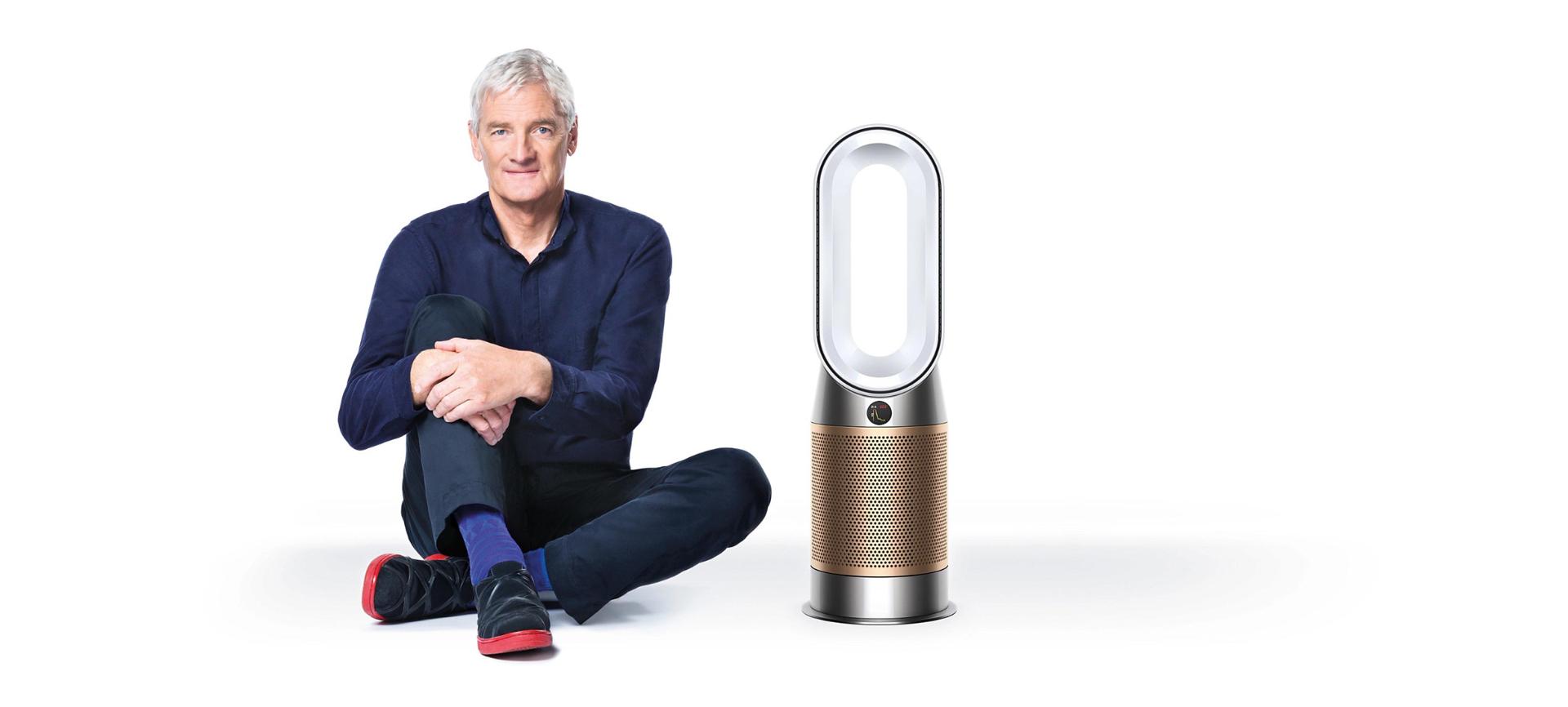What is formaldehyde? The invisible indoor pollutant explained
Though the pollutant is still somewhat of an unknown for many, the use of formaldehyde in the home is likely. Found across common materials, you can sometimes detect formaldehyde in air through the familiar smells of fresh paint or when unboxing new furniture.
Unlike odours which eventually disappear, the emission of formaldehyde can continuously ‘off-gas’ – meaning that the airborne release of this chemical can continue for a number of years. So, what exactly is this pollutant – and what does formaldehyde do to the body when inhaled? Dyson formaldehyde research uncovers how the chemical forms and how it affects the inhabitants of a home. To discover what it is (as well as what is formalin) read on. Our latest in the range of Dyson air purifier’s can remove formaldehyde and improve the health quality of your home.
16 March 2022
-
What is formaldehyde?

-
A colourless gas pollutant, formaldehyde exists in and is released by everyday household objects and furniture. Dissolved in water, formaldehyde becomes formalin. It’s also found in building materials – both industrial and DIY. So, what is formaldehyde found in? Some examples include:
- Plywood
- Fibreglass
- Insulating materials
- Paint
- Wallpaper
- Household cleaning products
- Varnishes
Given that it’s everywhere, you might be wondering ‘what is formaldehyde used for?’ now. Formaldehyde is a compound building-block used in the production of many household items. As a resin, this chemical allows for the use of composite wood panels that might otherwise be disposed of.
Formaldehyde in furniture and in the air is particularly difficult to capture. 500 times smaller than 0.1 micron, this gas is exceptionally small. For context, the human eye can detect dust and dirt from about 25 microns upwards. If not removed, formaldehyde can off-gas within the home for up to 15 years1.
Is formaldehyde dangerous?
Particularly for recently renovated homes, indoor formaldehyde levels can be high. Though this chemical pollutant exists in virtually every home, queries like ‘what does formaldehyde do to the body?’ remain high.
Major research bodies including the World Health Organisation have reported on the impact of formaldehyde. At low levels, formaldehyde in furniture and materials can cause itchy, sore or burning sensations in the throat2. When the use of formaldehyde and exposure across the home is high, the toxicity effects can be major – resulting in symptoms such as coughing, wheezing, chest pains and bronchitis2.
A 2002 Australian study conducted by Dingle and Franklin on Perth homes found an average formaldehyde concentration of between 2.5 and 133.7 ug/m3.
What you can do to remove formaldehyde from the home
Although its presence is common but invisible, you can capture or remove formaldehyde in air via a few methods. Once eliminated, you end the ‘off-gassing’ process that would otherwise allow this harmful gas to continuously take up space. When redecorating or renovating the home, opt for paints and wood finishes that don’t contain formaldehyde. Other Dyson formaldehyde removal tips are below.
Ventilate regularly
When unchecked, formaldehyde levels can exacerbate, and this is especially true in well-sealed homes. To reduce you and your family’s exposure to it, regularly ventilate your home. Opening windows and doors to allow outdoor air can also help to expel other VOCs (volatile organic compounds) such as benzene and ethylene glycol, which are produced through common activities like cooking. However, ventilation can expose indoor spaces to outdoor pollutants like petrol fumes, so purification technology should be used alongside it.
Use an air purifier
-
With the latest Dyson purifier, formaldehyde is able to be captured and safely converted. A pioneering achievement in air purification, the Dyson Purifier Hot+Cool™ Formaldehyde is a whole-machine filter that contains three separate filtration systems. To capture odour, bacteria, pollen, allergens as well as formaldehyde, the HEPA H13 activated carbon filter captures particles as small as 0.1 microns4. To deal with the much smaller formaldehyde, Dyson developed a unique catalytic filter containing billions of tunnels. This filter is able to trap and destroy formaldehyde.
Once undetectable, formaldehyde can now be sensed and reported via the LCD screen and the Dyson Link App. Some formaldehyde sensors are gel-based, which can affect their precision. The sensor in our machine is solid, allowing it to last the lifetime of the machine. Alongside this, the algorithm is intelligent enough to differentiate between VOCs, to provide a precise count of formaldehyde.
Discover the Dyson Purifier Hot+Cool™ Formaldehyde.
-

Discover how to get rid of dust mites in the home next.
ANZ Press Office
Email: aupressoffice@dyson.com

